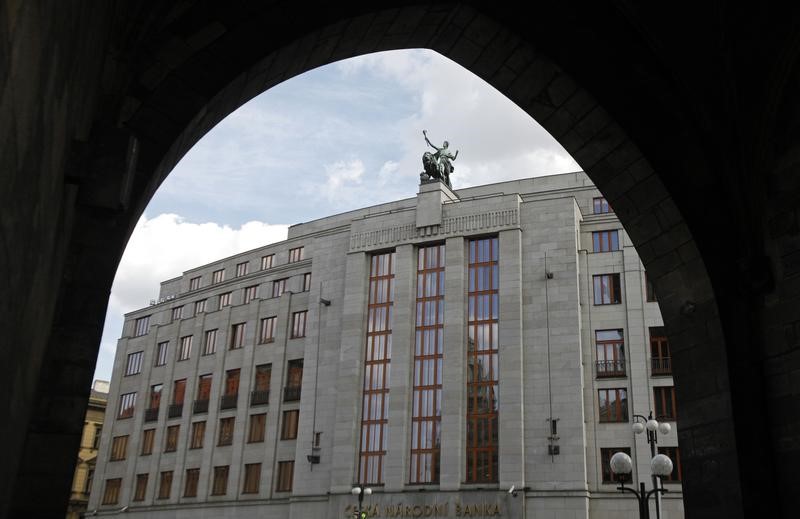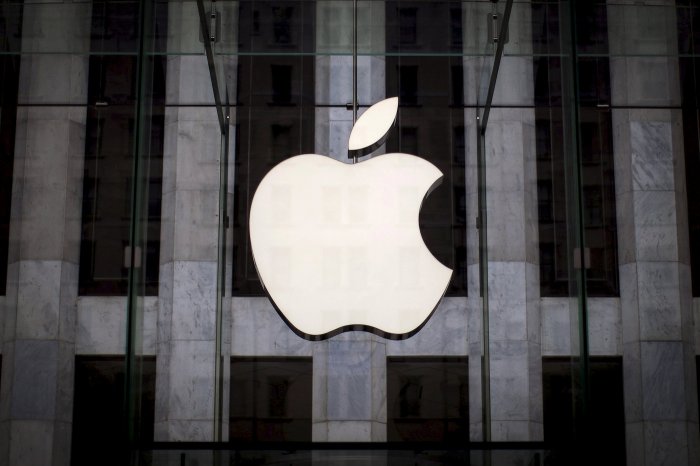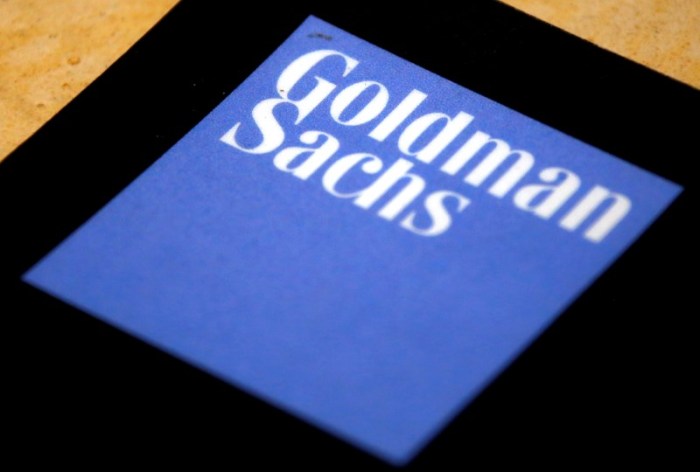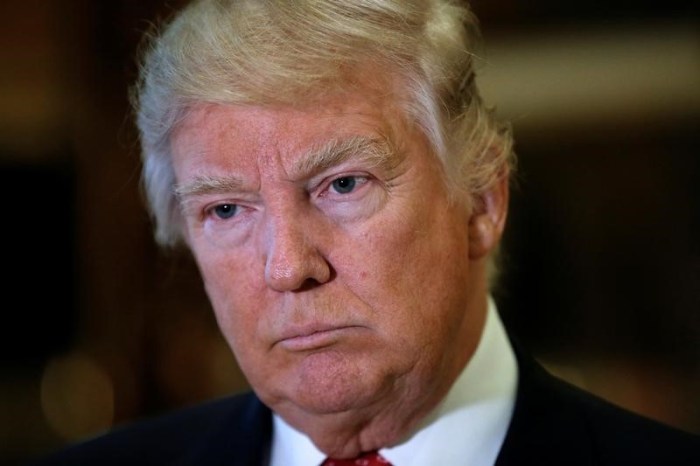By Jason Hovet
PRAGUE (Reuters) – Investors betting billions of euros that the Czech central bank may end its policy of keeping the crown weak as soon as next month believe rebounding inflation may give the bank cover to let the currency rise again — and sooner rather than later. The Czech National Bank has pledged not to end its policy of capping the currency’s strength before the second quarter, and has repeatedly said it may do so around the middle of the year if inflation holds steady at its 2 percent target. Investors have piled in expecting the “undervalued” crown The question is when they will make the move.
“It is with pretty good probability that they will try to surprise the market with (the decision) timing. They might not wait until the May 4 meeting,” said Generali Investments CEE’s chief economist Radomir Jac. The bank’s May 4 policy meeting — its first in the second quarter — could still be crucial because a new quarterly inflation forecast is due and might provide the bank with a reason to lift the cap, said UniCredit chief economist Pavel Sobisek. Komercni Banka economist Viktor Zeisel also sees a May move, although large speculative flows before the meeting might force it to go earlier still.
Other dates to watch are monthly inflation release days: April 10, May 10 and June 9. The next policy meeting after May is on June 29.
Analysts give little chance of the cap being lifted before April as that would break the central bank’s pledge and hurt its credibility. The central bank has insisted it will not surprise the markets. That leaves the focus on any day from Monday April 3. Ending the policy in April would mean the bank deciding outside of its regular policy sittings every six weeks, something Vice-Governor Vladimir Tomsik has said is possible. It can meet at any time and holds non-policy meetings every week.
Once it lets the crown go, analysts see the currency firming 4.5 percent over the next year to under 26 per euro, according to a regular Reuters poll, putting it back at levels seen before the central bank began intervening in November 2013. [CEEU/POLL] Currency forward markets are pricing the crown at 26.70 in 12 months. NO STRINGS ATTACHED
Central bank board members have spoken of a clear-cut end to the cap – a sudden move, with no strings attached. They are also averse to cutting interest rates below zero to help smooth the currency cap exit, as that would go against its signals that policy may be tightened. Spikes in inflation and speculative flows into the currency have also led most analysts to expect a quick end to the weak-crown policy.
Inflation hit 2 percent in December, and ran above the central bank’s target and expectations in January and should continue to do so.
Other economic data also favors ending the cap. On Wednesday, the Czech Purchasing Managers’ Index hit a nearly six-year high. The day before, January producer price data showed a year-on-year rise for the first time in three years. The central bank has said it wants to see no risk of having to return to the weak-crown policy. That means seeing a buffer in inflation that would ensure that even post-exit crown firming would not overly depress prices. At the moment the bank forecasts inflation at 2.5 percent in the first quarter of 2018 after hitting 2.7 percent in the second half of this year, estimates consistent with a mid-2017 exit.
The head of the CNB’s monetary policy department, Tomas Holub, told analysts last month if the bank allowed the crown to start firming before mid-2017, with the ECB’s ongoing QE program there could be too much crown appreciation too soon, which could push inflation below target next year. This would raise the risk of having to return to the exchange rate to respond to any downward inflation shocks since interest rates are near zero.
The central bank has not blinked at foreign reserves growth and rise in domestic liquidity although this increases the costs of its repo operations and could lead to exchange rate losses.
Since 2013, reserves have nearly trebled to 56 percent of economic output. Interventions have likely topped 20 billion euros this year, more than in all of 2016, according to estimates based on the bank’s balance sheet. Analysts also estimate half the flow into markets this year is from exporters returning to the market to hedge revenue and get ready for the lifting of the crown cap.
The bank has also pledged its readiness to smooth out volatility, but it is not expected to communicate any levels it will protect henceforth. Governor Jiri Rusnok has said single percentage moves in the crown would not raise concern. Tomsik has put the long-crown positions at tens of billions of euros, which he and others say create the risk there may be a lack of counterparties for those wanting to cash out quickly after the exit. The result is uncertainty the crown will go in any given direction initially.
“A lot of things can still change (in the next month),” one trader at a Prague bank said. “I am waiting to even predict what may happen.”
(Editing by Hugh Lawson)
Inflation rebound may allow end to Czech crown cap sooner rather than later

By Jason Hovet


















